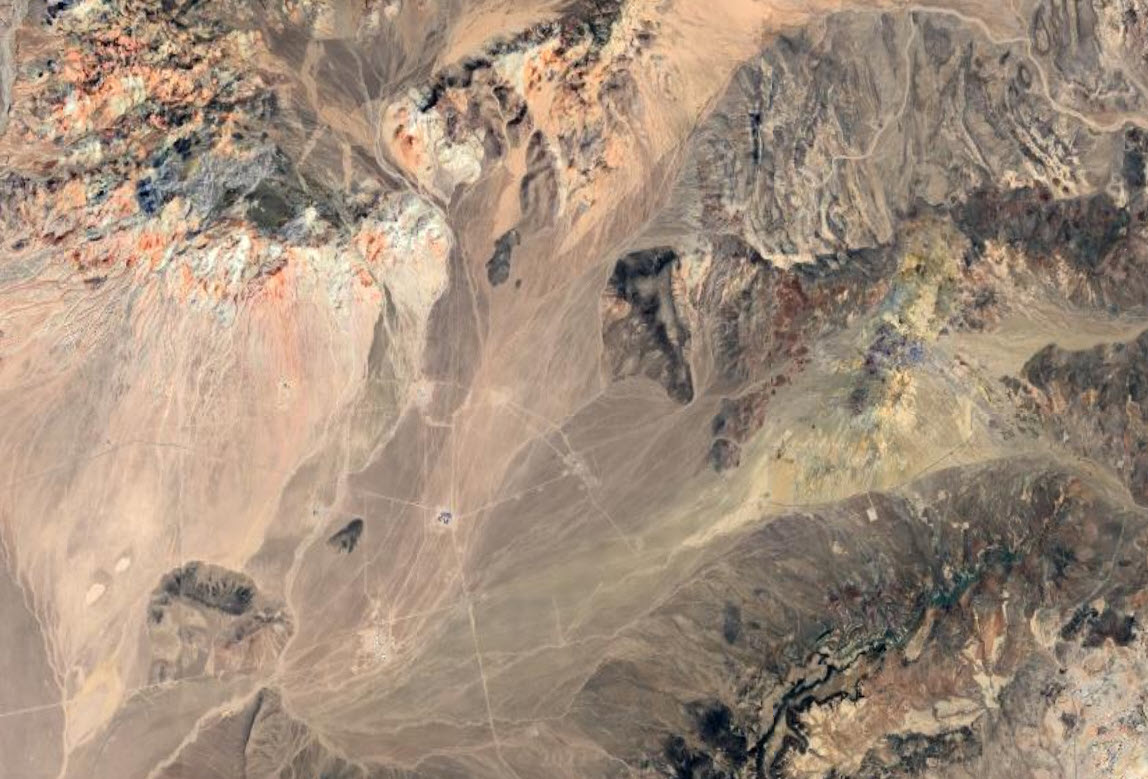Modeling Health and Environmental Risk at the Nevada Test Site

GoldSim modelers at Neptune and Company developed a contaminant transport and regulatory compliance model of a radioactive waste disposal site, the Greater Confinement Disposal (GCD) boreholes, at the Nevada Test Site (NTS), northwest of Las Vegas, Nevada (photo courtesy of Google Earth, Maxar Technologies, CNES/Airbus).
The GCD wastes are deeply buried (at a depth of 21 to 36 m) in a very dry environment, and contaminants are hypothesized to move upward from that depth to near the ground surface by advecting with and diffusing within a small amount of interstitial water. Once the contaminants are within reach of plant roots and burrowing animals, they can be brought to the surface and pose a potential threat to human health through exposure to surface soils.
Hence, the model was unique in that in addition to the classical waterborne transport of radionuclides, the model included transport of subsurface materials to the ground surface by burrowing animals (of widely divergent taxa), and the transport of contamination to the surface by plants. The model was used as a management system tool to support health and environmental risk assessment and regulatory compliance.

